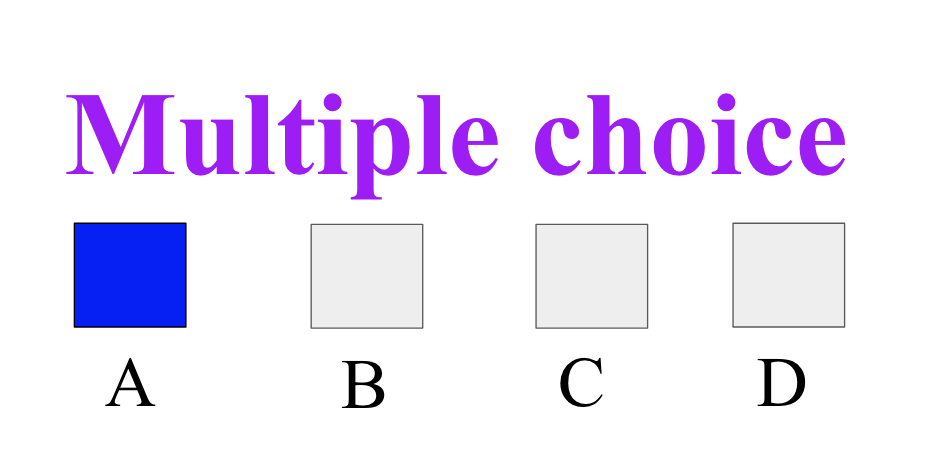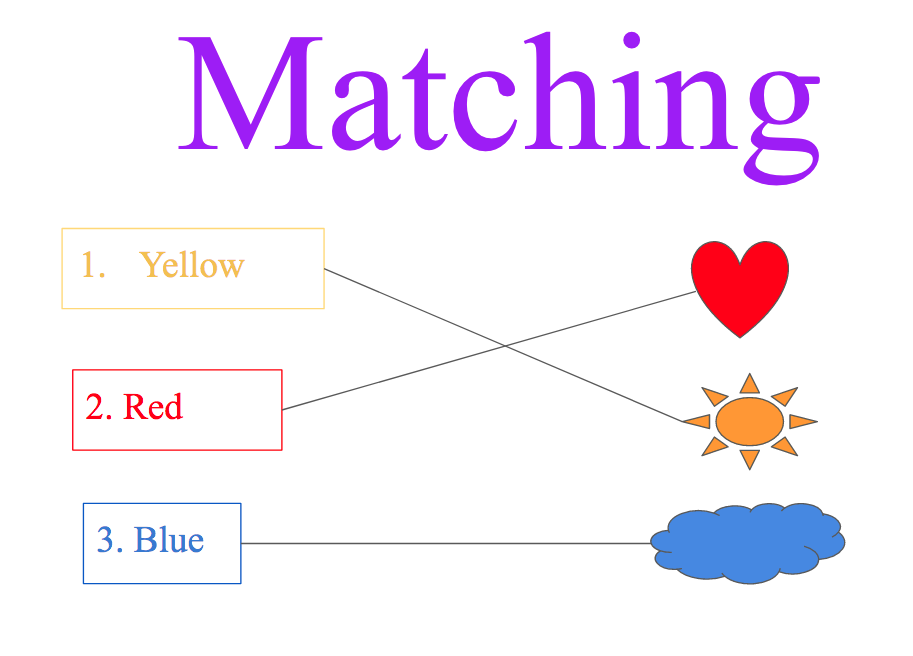The IELTS Reading Test is a crucial part of the International English Language Testing System (IELTS) exam, which is widely recognized as one of the most popular English language proficiency tests. The IELTS Reading Test assesses a candidate’s reading skills, including their ability to comprehend written texts and understand complex vocabulary.
The task of the IELTS Reading Test
The IELTS Reading Test is divided into three sections, with each section containing one long passage and a set of multiple-choice questions. Candidates have one hour to complete the test, and the texts used in the test are taken from a wide range of sources, including magazines, newspapers, and academic journals. The Duration of this part of the exam is 60 minutes. It contains 3 different tasks from books, journals, magazines and newspapers which have 40 different types of questions. The easiest task is the first task and the most difficult part of reading the IELTS test is the last task. The test giver allows you to write and mark the question papers but you should know that there isn’t extra time to transfer the answers. Therefore, it is important to write your answer directly to the Reading Answer Sheet.
First Task
The easiest task of the reading test is the first task where the test giver has around 20 minutes to answer about 13 questions. The content of the first task is a general text for example a train schedule or flight information in the airport which is the shortest part of the listening test.
Second Task
The second task is a text of general content in an academic or work situation. The test giver should answer 13 different types of questions from question number 14 to question number 26. The test giver should manage their time and answer the questions for 20 minutes.
Third Task
The last and most difficult task of the reading test is the third text, where the test giver should read an academic text and then answer the various types of questions. In this part of the reading test, the test giver has 20 minutes to read this text and then answer 14 questions (question number 27 to question number 40).
IELTS Reading Marking
Each correct answer takes one point. In the IELTS the best brand score is 9 and the lowest brand score is 4. In the following table you can find and calculate your brand score:
| The number of Correct answers | Brand Score |
| 39-40 | 9 |
| 37-38 | 8.5 |
| 35-36 | 8 |
| 32-34 | 7.5 |
| 30-31 | 7 |
| 26-29 | 6.5 |
| 23-25 | 6 |
| 18-22 | 5.5 |
| 16-17 | 5 |
| 13-15 | 4.5 |
| 11-12 | 4 |
Question Types
The test giver should answer these 40 questions which could be in different types such as multiple-choice, matching headings, sentence completion, true/false/not given and yes/no/not given.
Multiple Choice Questions
One of the most frequent types of questions in all parts of the IELTS test is Multiple choice. In this part, you should read the questions exactly. Because in some cases you should choices two correct answers. But in most Multiple choice questions, you must choose the best answer from 4 alternatives.

Matching Questions
The matching questions contain two items that should be matched. It means the test giver should pair items in one column with items in another column. Generally, the number of items in each column is equal.

Sentences, Form, Chart and Summary Completion Questions
In this part, the test giver should complete Sentences, Forms, charts and summaries. It means there are some incomplete sentences that the test giver should complete.
True/false/not given and yes/no/not given questions
One of the most difficult questions in IELTS is True/false/not given and yes/no/not given questions. The most difficult in this part is that You should recognize the correct answer between false and not given or no and not given.
Tips and Strategies for IELTS Reading Test
To perform well on the IELTS Reading Test, candidates must be well-prepared and have a solid understanding of the test format and the types of questions they will encounter. Here are some essential tips to help you ace the IELTS Reading Test:
- Practice with authentic IELTS Reading materials:
It is essential to practice with authentic IELTS Reading materials, as they will provide you with a better understanding of the test format, question types, and difficulty level. The official IELTS website provides a range of authentic reading materials that you can use for practice.
- Improve your vocabulary:
Vocabulary plays a critical role in the IELTS Reading Test. Candidates need to have a strong understanding of both common and academic vocabulary to comprehend the passages and answer the questions accurately. To improve your vocabulary, try reading academic articles, books, and newspapers, and make a habit of learning new words and phrases.
- Skim and scan the passages:
One of the essential skills required to succeed in the IELTS Reading Test is the ability to skim and scan the passages quickly. Skimming involves reading the passage quickly to get a general idea of the content, while scanning involves searching for specific information in the text. Both skills are crucial to answer the questions accurately and within the allotted time.
- Practice time management:
Time management is critical when taking the IELTS Reading Test. You have one hour to complete the test, and it is essential to manage your time efficiently to ensure that you answer all the questions within the given time. Practice with timed practice tests to improve your time management skills.
- Eliminate wrong answers:
In the IELTS Reading Test, you may encounter questions with answers that seem correct but are not. It is crucial to eliminate the wrong answers systematically, which will increase your chances of selecting the correct answer. Make sure you read the question and all the answer options carefully before selecting the correct answer.
In conclusion, the IELTS Reading Test is an essential component of the IELTS exam, and it requires diligent preparation to perform well. Practice with authentic materials, improve your vocabulary, master the skills of skimming and scanning, manage your time well, and eliminate wrong answers systematically to increase your chances of achieving a high score. With these tips, you can be confident of performing well in the IELTS Reading Test.
Would you like to know the salary amount of PhD and postdoc positions in Europe?
- Salary of PhD student and Postdoc in Denmark
- Salary of a PhD student and Postdoc in Norway
- Salary of PhD student and Postdoc in Switzerland
- Salary of PhD student and Postdoc in Sweden
- Salary of PhD student and Postdoc in Germany
- Salary of PhD and Postdoc in Ireland
- Salary of Postdocs in France
- Salary of PhD student and Postdoc in the UK
- Professors’ salary in the UK
- Salary of PhD student and Postdoc in the Netherlands
- Salary of PhD student and Postdoc in Finland
- Salary of PhD student and Postdoc in Austria
- Salary of Marie-curie postdoctoral fellowship
- Salary of PhD student in Marie-Curie ITN
- Doctorate Degree Business Administration Salary
You can find all the available full-funded PhD positions in different countries here.
- Germany – Fully Funded PhD
- Switzerland – Fully Funded PhD
- Denmark – Fully Funded PhD
- UK – Fully Funded PhD
- Sweden – Fully Funded PhD
- Finland – Fully Funded PhD
- Netherlands – Fully Funded PhD
- Norway – Fully Funded PhD
- Belgium – Fully Funded PhD
- Austria – Fully Funded PhD
- Australia – Fully Funded PhD
- France – Fully Funded PhD
- New Zealand – Fully Funded PhD
- Canada – Fully Funded PhD
- USA – Fully Funded PhD
- Luxembourg – Fully Funded PhD
- Spain – Fully Funded PhD
- Italy – Fully Funded PhD
- Iceland -Fully Funded PhD
